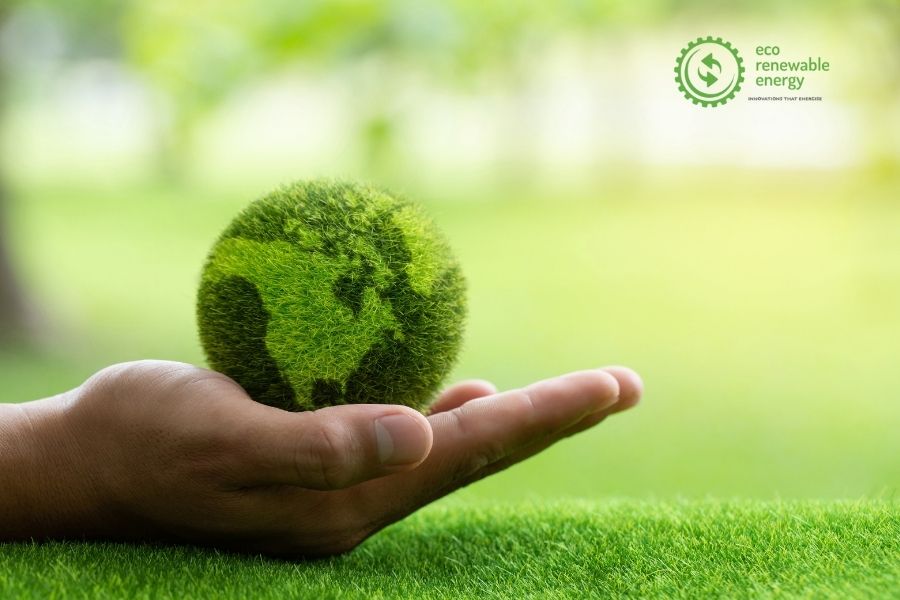Table of Contents
Sustainability is becoming increasingly important in infrastructure and experiential marketing installations. But what truly makes an installation sustainable? It’s more than just using eco-friendly materials—it requires energy efficiency, durability, community benefits, and responsible end-of-life planning. In this article, we explore key elements that contribute to a truly sustainable installation and its long-term impact.
1. Thoughtful Material Selection
The choice of materials is the foundation of any sustainable installation. Using recycled, biodegradable, or responsibly sourced materials helps reduce environmental impact. Some sustainable options include:
- Recycled metals and plastics to minimise waste.
- Bamboo and FSC-certified wood, which are renewable and responsibly harvested.
- Low-VOC (Volatile Organic Compounds) paints and adhesives that improve air quality.
- Modular components that can be reused and repurposed instead of discarded.
2. Energy Efficiency and Smart Power Use
Reducing energy consumption is crucial for sustainability. Smart energy solutions can significantly cut down waste and reliance on non-renewable power. Considerations include:
- Solar-powered systems, such as Smart Solar Benches, generating clean energy.
- LED lighting which lasts longer and consumes less power than traditional bulbs.
- Kinetic energy floors, which produce electricity from foot traffic.
- Smart energy management systems to monitor and optimise power usage.
3. Built for Longevity
A well-built installation lasts longer, reducing the need for frequent replacements and minimising waste. Key factors to enhance durability include:
- Weather-resistant materials that withstand the elements.
- Modular designs that allow for easy upgrades and maintenance.
- Strong structural integrity to reduce repair needs over time.
- Adaptability, ensuring installations can serve multiple purposes over their lifetime.
4. Respecting the Surrounding Environment
Sustainable installations should integrate with their surroundings without causing harm. Important steps include:
- Using non-invasive foundation methods to prevent land degradation.
- Reducing water use by incorporating rainwater harvesting and efficient irrigation.
- Preserving biodiversity by using green roofs and natural landscaping.
- Minimising emissions by sourcing materials locally and reducing transportation needs.
5. Positive Community and Social Impact
Sustainability is about more than just the environment—it should also provide benefits to the community. A well-designed installation should:
- Enhance public spaces by adding interactive and functional features.
- Be accessible to all, ensuring inclusivity for people with different needs.
- Encourage sustainability awareness by educating and engaging visitors.
- Support local economies by using locally sourced materials and hiring local workers.
6. End-of-Life Planning and Reuse
A truly sustainable installation considers what happens when it’s no longer in use. Instead of contributing to waste, it should be designed for reuse and recycling:
- Use recyclable and biodegradable materials to prevent landfill waste.
- Implement take-back programs, allowing manufacturers to reclaim and repurpose components.
- Encourage upcycling, transforming materials into new functional products.
- Incorporate digital solutions to reduce reliance on printed materials and disposable components.
Conclusion
Creating a sustainable installation requires more than just using eco-friendly materials—it involves smart energy use, durability, minimal environmental disruption, community benefits, and responsible disposal. By integrating these elements, installations can have a lasting, positive impact on both the environment and society.
Prioritising sustainability not only reduces environmental harm but also builds stronger, more resilient spaces. Thoughtful design and responsible practices lead to installations that serve their purpose for years while contributing to a greener future.


Recent Comments